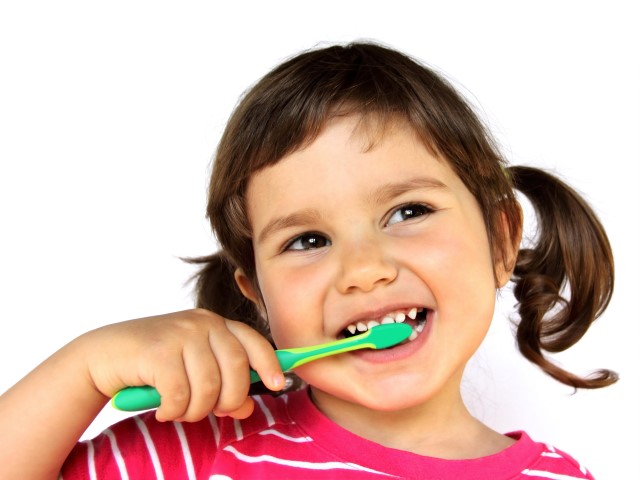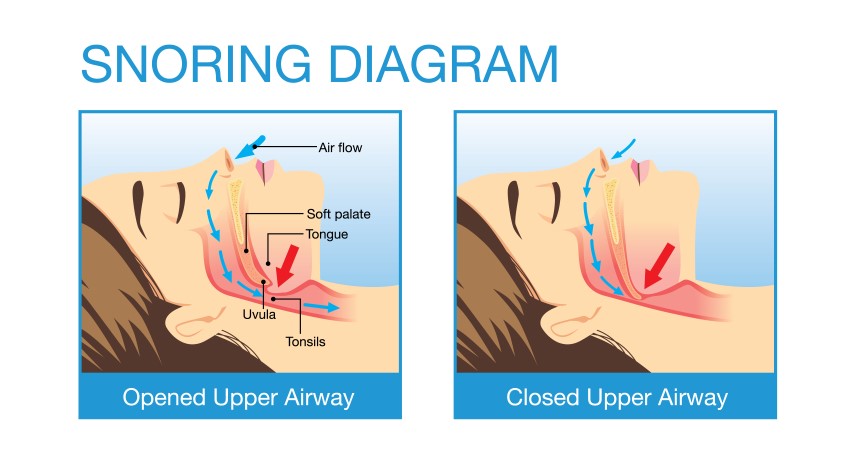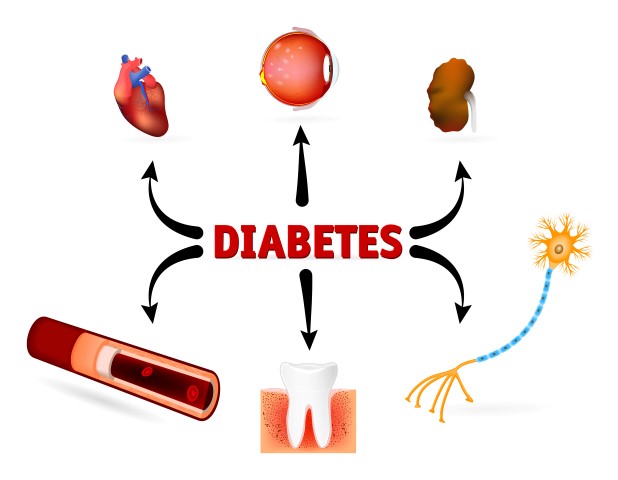February is National Children’s Dental Health Month. We’ve compiled a list of important things you should know about maintaining your young child’s dental health.
When Teeth Come In
Your baby is born with 20 teeth below the gums, and they usually start coming through between 6 months and a year. Most children have their full set of teeth by 3 years old.
Teething Signs and Symptoms
Teething can be a rite of passage for babies and parents alike. As their teeth come in, some babies may become fussy, sleepless and irritable, lose their appetite or drool more than usual. Diarrhea, rashes and a fever are not caused by teething. If your baby has a fever or diarrhea while teething or continues to be cranky and uncomfortable, call your physician.
When to Start Brushing with Toothpaste
Decay can happen as soon as teeth first appear. If you see some pearly whites peeking out when your little one smiles, it’s time to pick up a tube of fluoride toothpaste.
How Much Toothpaste to Use
It doesn’t take much to clean your child’s teeth. Until you’re confident that your child can brush on his or her own, continue to brush your child’s teeth twice a day with a child-size toothbrush. If your child is 3 or younger, use a smear of toothpaste (about the size of a grain of rice). For children 3 or older, a pea-sized amount of fluoride toothpaste will do. Learn more about establishing healthy habits early.
When to Schedule Your Baby’s First Dental Visit
It’s another milestone in a year of exciting firsts. Your child’s first dental visit should take place after their first tooth appears, but no later than the first birthday. Why so early? As soon as your baby has teeth, they can get cavities. Learn more about what to expect and how to prepare for your child’s first dental visit.
When to Start Cleaning Between Teeth
It doesn’t matter if you clean between your child’s teeth before or after they brush as long as you clean between any teeth that touch. You can use child-friendly plastic flossing tools to more easily clean between your child’s teeth until your child learns to do it.
You Can Prevent Baby Bottle Tooth Decay
Baby bottle tooth decay most often occurs in the upper front teeth (but other teeth may also be affected). Frequent, prolonged exposure of the baby’s teeth to drinks that contain sugar can cause tooth decay. This can happen when the baby is put to bed with a bottle, or when a bottle is used as a pacifier for a fussy baby.
Keep Their Mouths Clean
The next time your child’s pacifier goes flying, don’t pick it up and put it in your mouth because you think that makes it cleaner. Cavity-causing bacteria can be passed through saliva, so you could actually be introducing germs to your child instead of protecting him or her from them. The same goes for mealtime. It can be second nature to offer a bite of your food to your baby from your fork or use their spoon to make sure their food is ready to eat. Keep your utensils, and your germs, separate for healthy mouth and body.
Water Works!
When your child has worked up a thirst, water is the best beverage to offer—especially if it has fluoride! Drinking water with fluoride (also known as “nature’s cavity fighter”) has been shown to reduce cavities by 25%. While sweetened drinks like fruit juice (even those labeled 100% natural), soda and sports drinks can cause cavities, water with fluoride protects teeth. Sugary drinks also contribute to weight gain, and water is calorie-free.
There’s One More Way to Keep Cavities at Bay
Brushing and flossing go a long way to protecting your teeth against cavities, but sealants form an extra barrier between cavity-causing bacteria and your child’s teeth. School-age children without sealants have almost three times more cavities than children with sealants. According to the Centers for Disease Control and ADA’s Center for Evidence-Based Dentistry, sealants have been shown to reduce the risk of decay by nearly 80% in molars.
Schedule your visit today!



